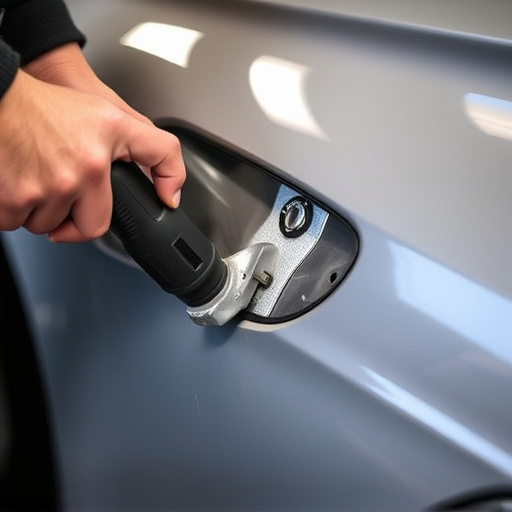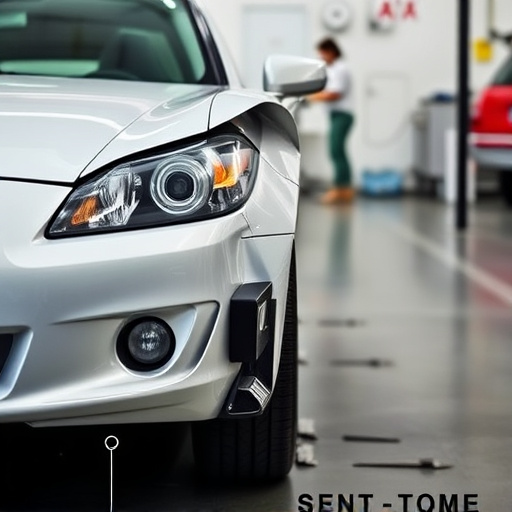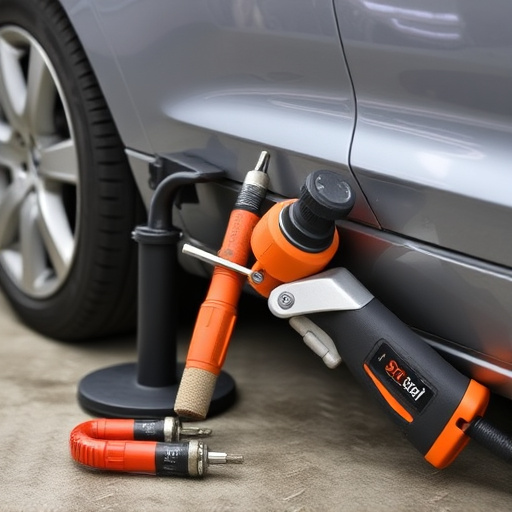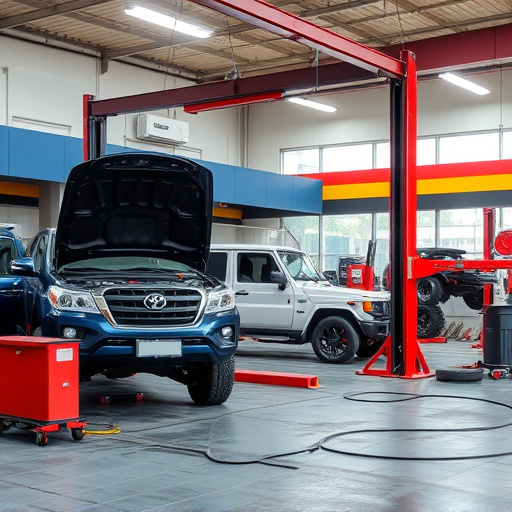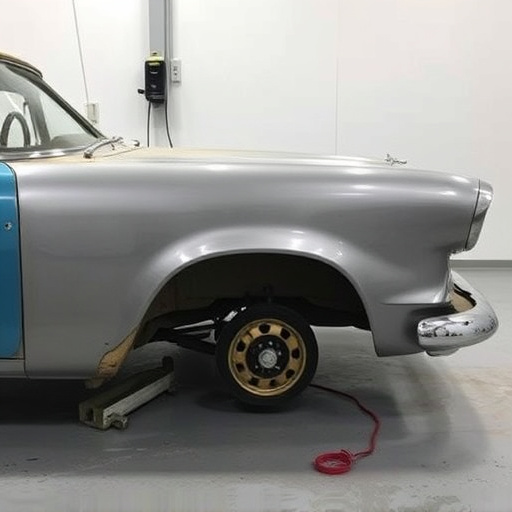Minor dent repairs are covered by comprehensive or collision insurance plans, with specialized body shops offering efficient solutions using techniques like PDR to preserve car value. Insurance companies streamline processes, allowing policyholders to save money and get their vehicles repaired quickly through partnerships with dent removal services, reducing turnaround times and minimizing inconveniences.
In today’s world, minor dent repairs are a common occurrence. This comprehensive guide explores how insurance handles these costs, providing insight into understanding coverage, navigating claims processes, and maximizing policyholder benefits. We delve into the factors influencing repairs, cost savings associated with insured repairs, and the overall impact on policyholders’ financial well-being. By understanding your insurance’s role in minor dent repair, you can make informed decisions to protect your vehicle and wallet.
- Understanding Insurance Coverage for Minor Dents
- The Process: From Claim to Repair
- Cost Savings and Benefits for Policyholders
Understanding Insurance Coverage for Minor Dents

Insurance coverage for minor dent repairs can vary significantly depending on your policy type and provider. Many comprehensive or collision insurance plans include coverage for minor dents and scratches, which can be a relief for vehicle owners facing relatively small but visually disruptive damages. These policies often cover repairs like door dings, minor fender benders, and small chips in the paintwork. However, it’s essential to understand that not all dents are created equal; insurance companies may have specific criteria and deductibles for what constitutes a “minor” dent.
When considering vehicle repair options, body shop services specializing in dent removal can offer efficient and cost-effective solutions. These professionals use advanced tools and techniques, such as PDR (Paintless Dent Repair), to remove dents without the need for extensive painting or body work. This not only saves on repair costs but also ensures that your vehicle’s original finish is preserved, maintaining its value and appearance.
The Process: From Claim to Repair

When it comes to handling minor dent repairs, insurance companies have streamlined the process to make it more efficient and cost-effective for both policyholders and carriers. Here’s a glimpse into the typical journey from claim submission to repair completion.
Upon receiving a claim for a minor dent repair, insurers quickly assess the damage through photographs and descriptions provided by the policyholder or an appraiser. If the dent is deemed minor—typically defined as non-structural and not affecting safety features—the insurance company will approve the claim. This approval includes authorizing a chosen repair shop to conduct the necessary work on the vehicle’s vehicle bodywork. The shop then proceeds with the car scratch repair, using specialized tools and techniques to return the car bodywork to its pre-damage condition. Once repaired, the shop may submit final invoices for insurance reimbursement, wrapping up the process swiftly and ensuring the policyholder’s satisfaction with their restored vehicle bodywork.
Cost Savings and Benefits for Policyholders

Policyholders can reap significant benefits when it comes to minor dent repairs. Many insurance companies now offer efficient and cost-effective solutions for these types of damages, often covering a substantial portion of the repair expenses. This is particularly advantageous during what is commonly known as a “fender bender” or minor vehicle collision repair, where dents are typically limited to panels like car doors or fenders. By leveraging modern dent removal techniques, insurers can ensure quick and precise repairs, reducing overall costs for policyholders.
The integration of specialized dent removal processes has led to faster turnaround times and reduced labor costs, ultimately translating to savings for customers. Policyholders no longer need to worry about substantial deductibles or lengthy claim settlement periods. With efficient dent repair services, they can get their vehicles back on the road promptly, minimizing inconvenience and potential secondary damages caused by prolonged immobility.
In today’s market, understanding how insurance handles minor dent repairs is more crucial than ever. By familiarizing yourself with your policy’s coverage and the efficient processes involved, you can save significant costs and benefit from a swift return to your vehicle’s pre-incident condition. Minor dent repairs, once considered cumbersome, are now streamlined, offering convenience and financial savings for policyholders.

